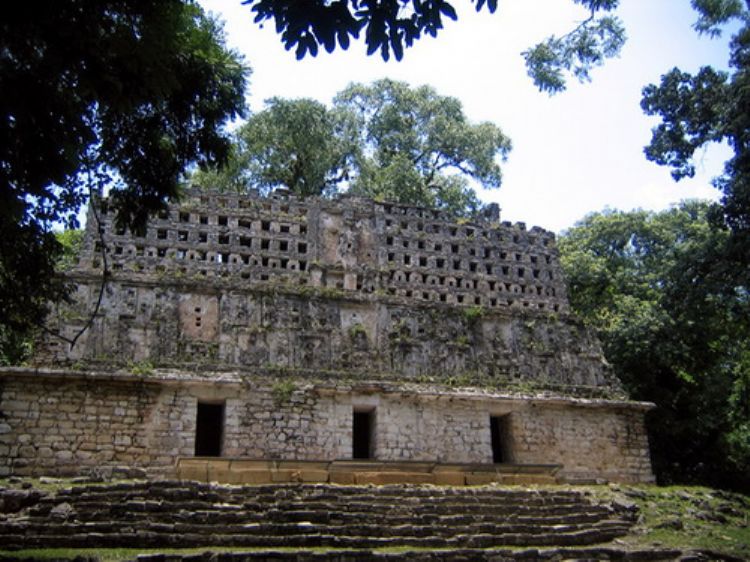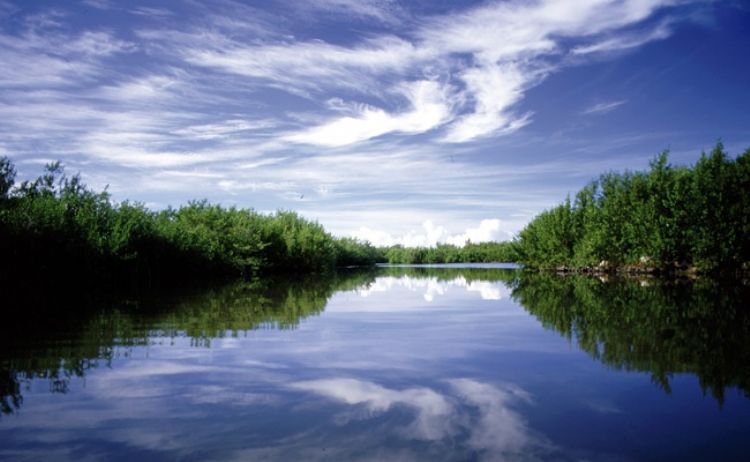
The Riviera Maya is, without a doubt, the tourist zone wi...
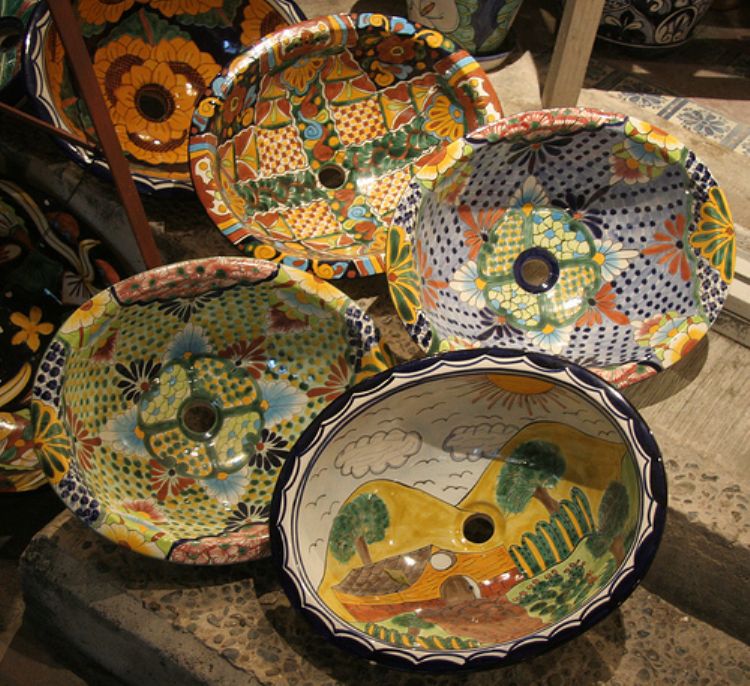
As it has been explained, the tourist state of Quintana Roo shares many aspects of its history, culture and traditions with the neighboring entity of Yucatan.
For instance, gastronomy is clearly dominated by snacks and quick foods coming from the Yucatan territories and known as papadzules, cochinita, panuchos and salbutes, as well as the exquisite spices like chirmole and pipian, a type of squash.
And of course the region has many seafood dishes made from a nearly endless supply coming from the Caribbean coasts. Not to mention the great quality of the international cuisine offered throughout the first-class tourism infrastructure.
Local festivities, celebrations and traditional dancing also come from the neighboring peninsular state, like the folk dance called jarana or another one known as the "pig head dance". One which actually belongs to Quintana Roo is known as the "rubber tapper dance", performed by the chicleros, peasants who ventured into the jungles in search of the chicozapote tree from which rubber is obtained. The carnival festivities are also observed, along with many colonial catholic holidays.
The Mayan legacy becomes evident through the spiritual celebrations of the community, which still honors the deities worshipped by their ancestors, such as Chac, the god of rain, and the sacred silk-cotton tree called the Ceiba.
Craft-works along the coasts are usually fabricated with shells from sea-snail or of smaller sizes, and the most coveted, those made with black coral. Across the rest of the territory, some Maya descendants still weave serapes, colorful blanket-like shawls
and assemble artifacts made of wood or liana.
Foto: Exfordy

The Riviera Maya is, without a doubt, the tourist zone wi...

The Mexican State fulfills its main goal by guaranteeing ...
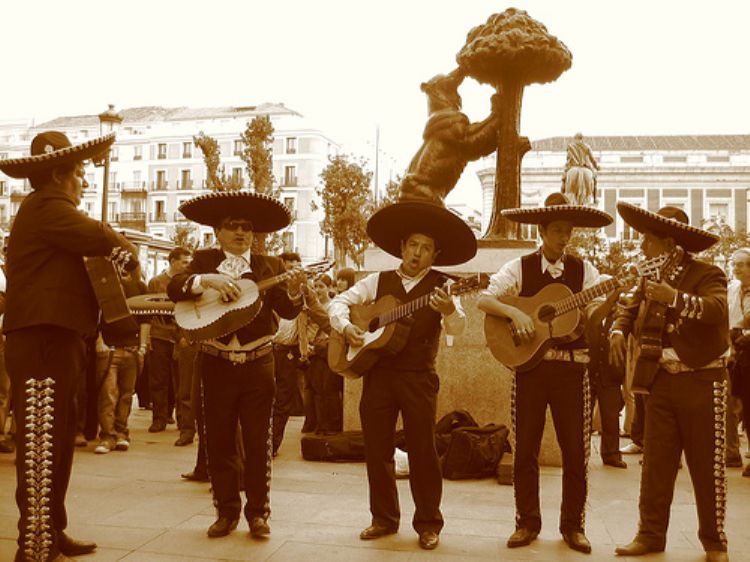
The dictionaries of Academia Mexicana de la Lengua and th...

Baja California
Baja California has had a ...

The figure of Antonio Lopez de Santa Anna has been very c...

Until 2013, Article 27 of the Constitution gave exclusive...
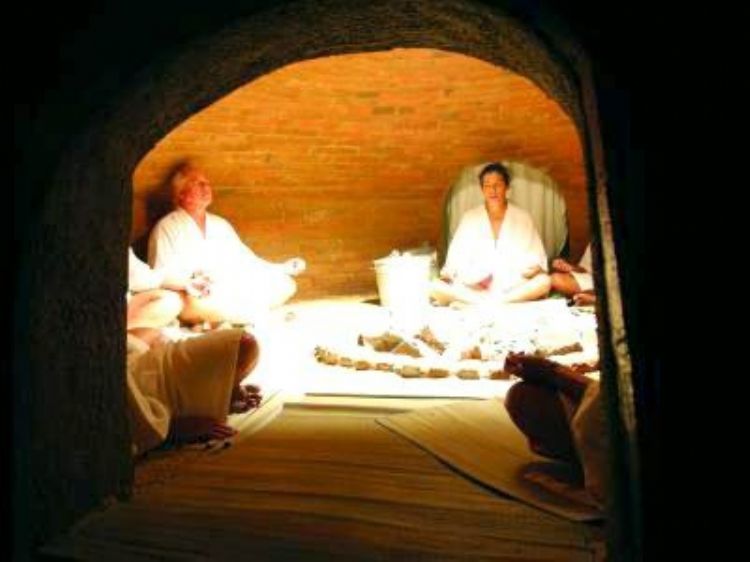
Temazcal is a word of Nahuatl origin formed by temaz â ...

The oil industry in the world has changed dramatically in...
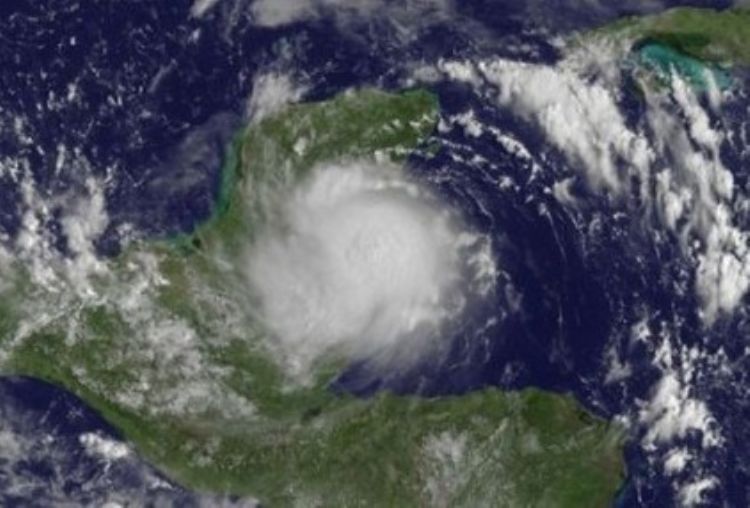
Its path:
This meteorolog...

This great artist, Catalan by origin and Mexican by adopt...

One of the most important painters of Mexican art during ...

The Riviera Maya is, without a doubt, the tourist zone wi...
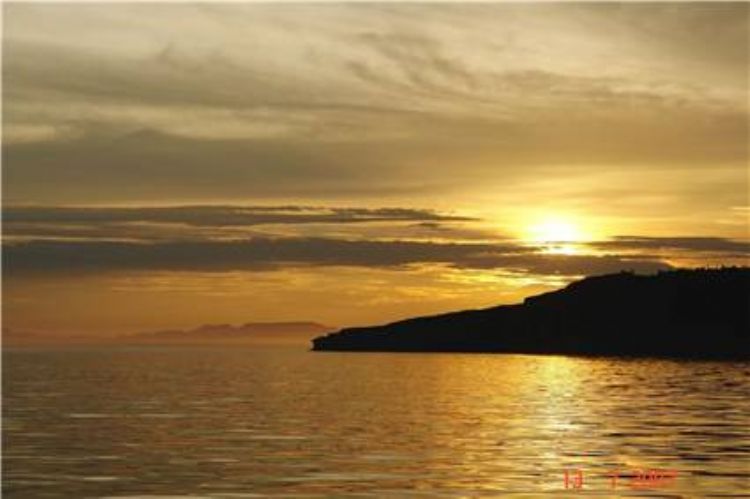
Tourism is one of the countryâs main economic activitie...
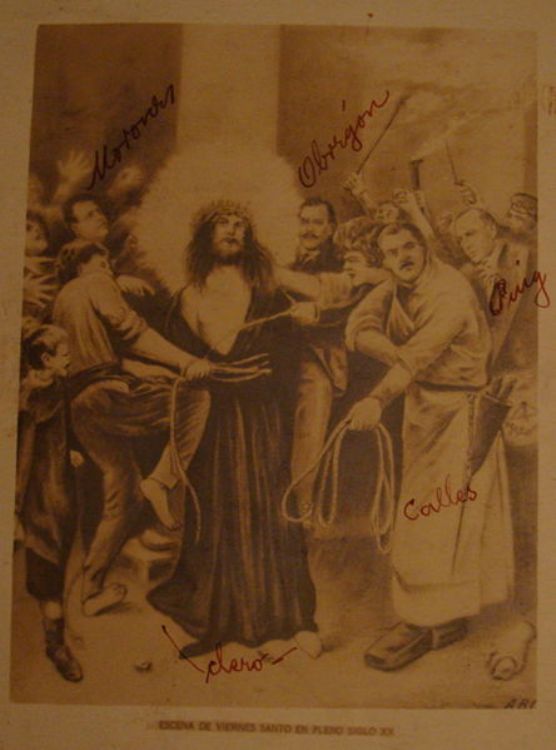
The Cristero War is also known as Cristiada. It was an ar...
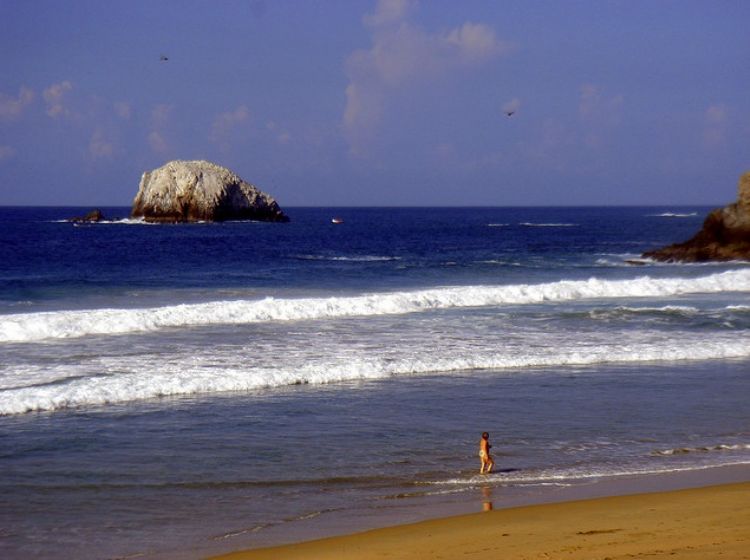
The acceptance of these tourist areas began in the 70'...
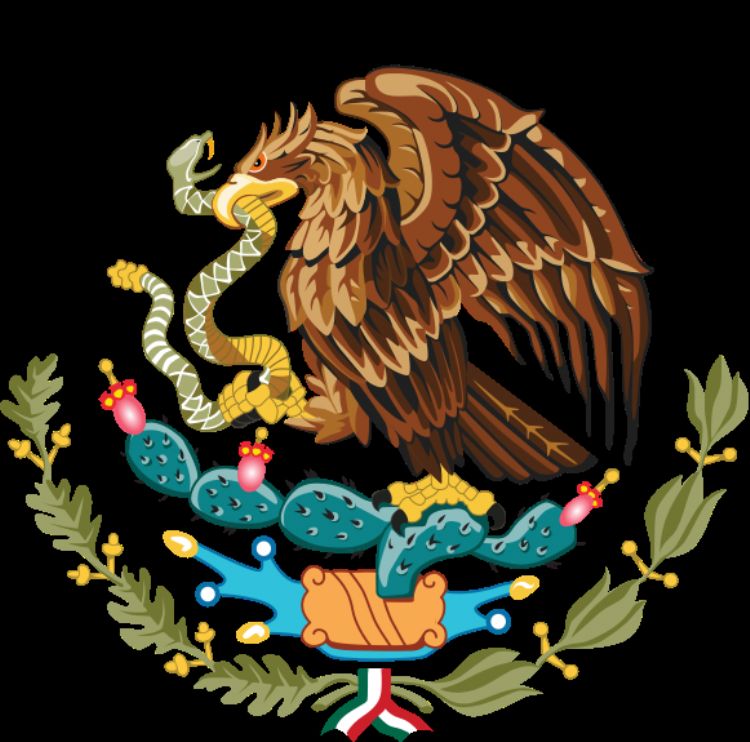
The 1917 Constitution is the result of a long historical ...
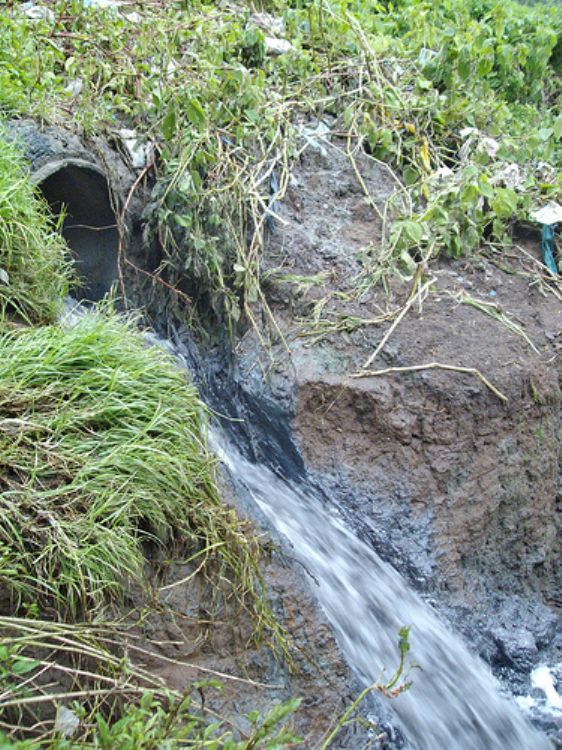
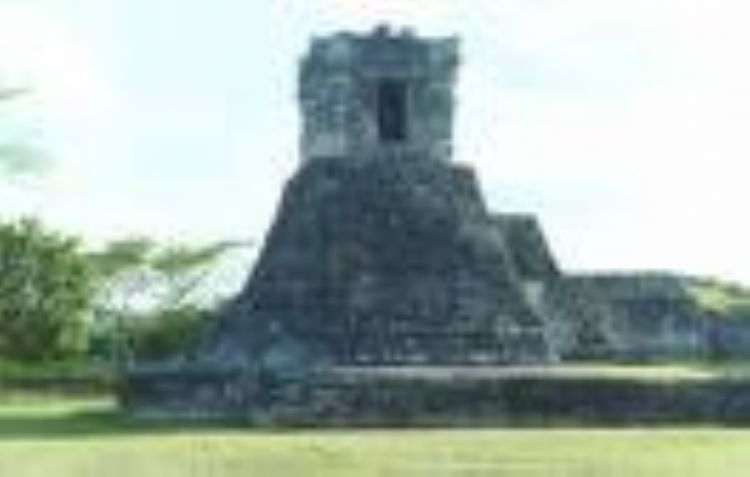
SANTA ROSA XTAMPAK; Santa Rosa Xtampak, also called âRe...
